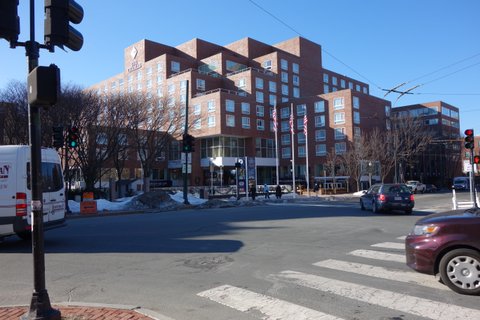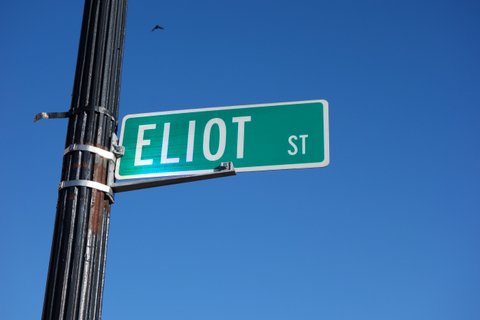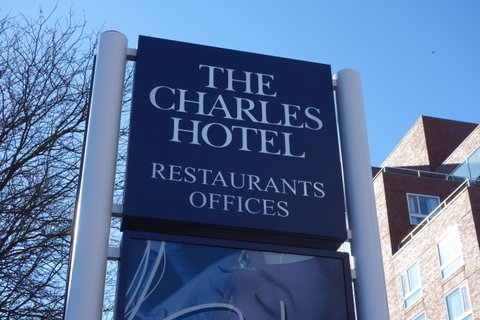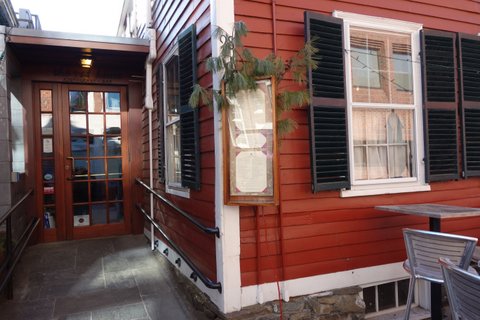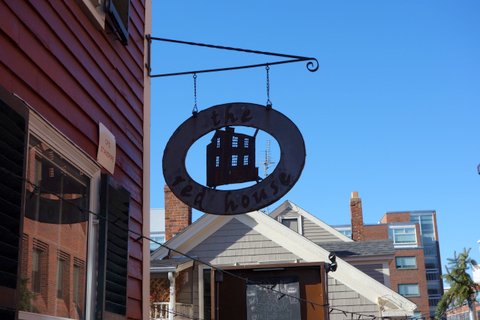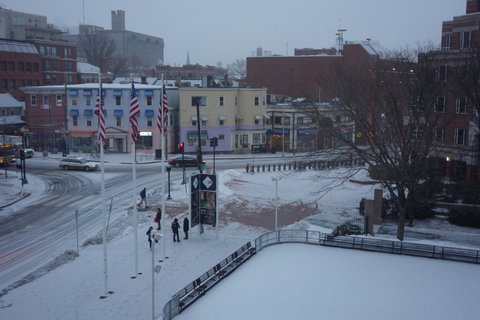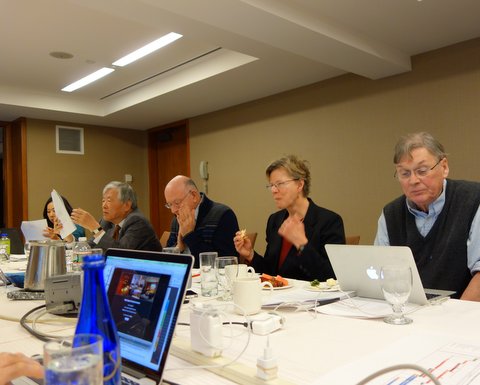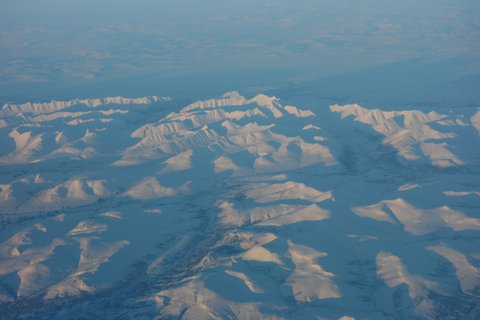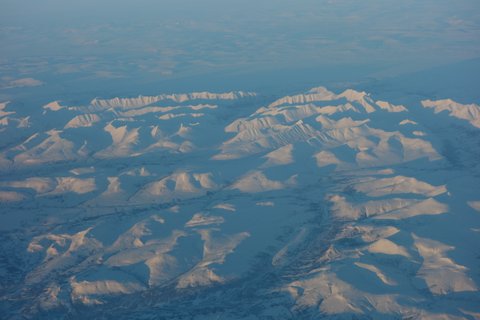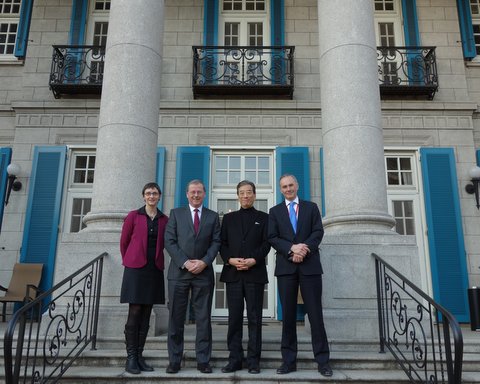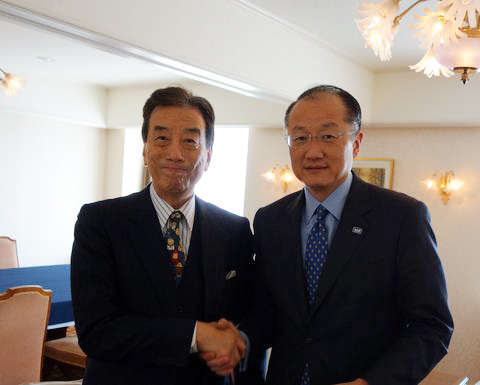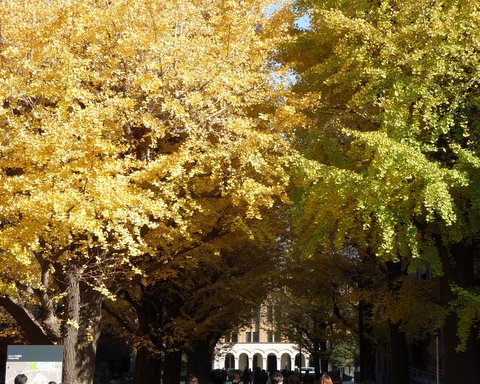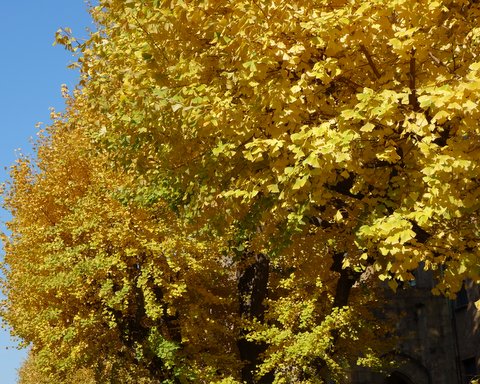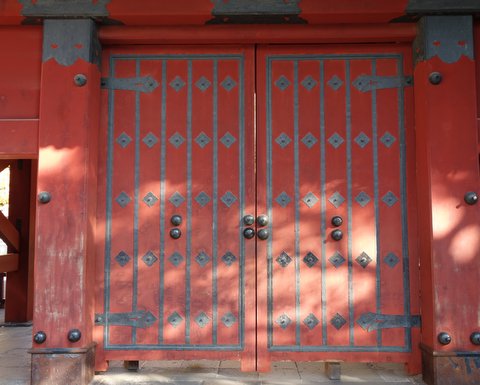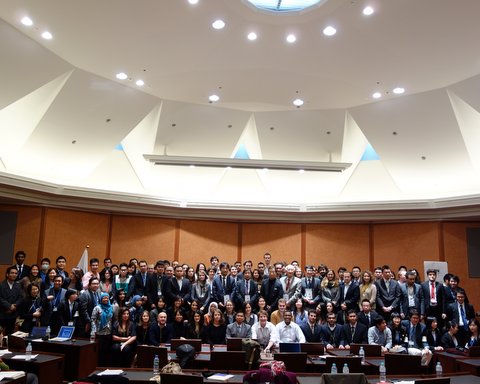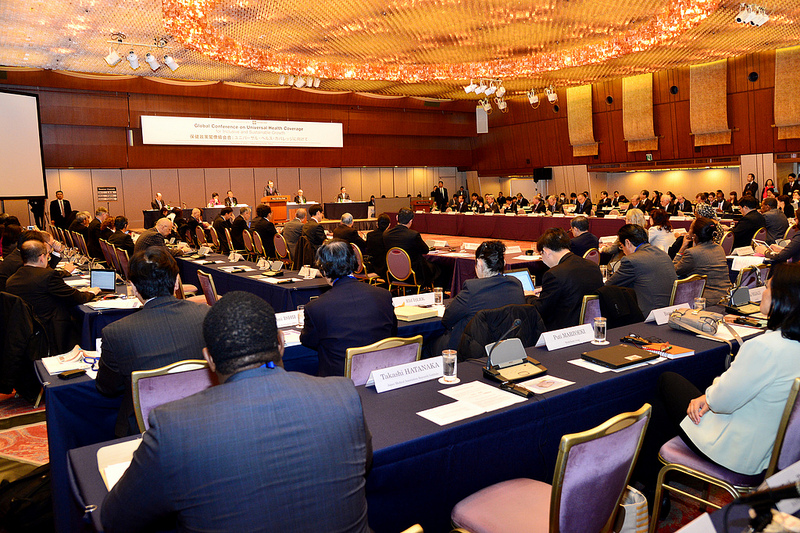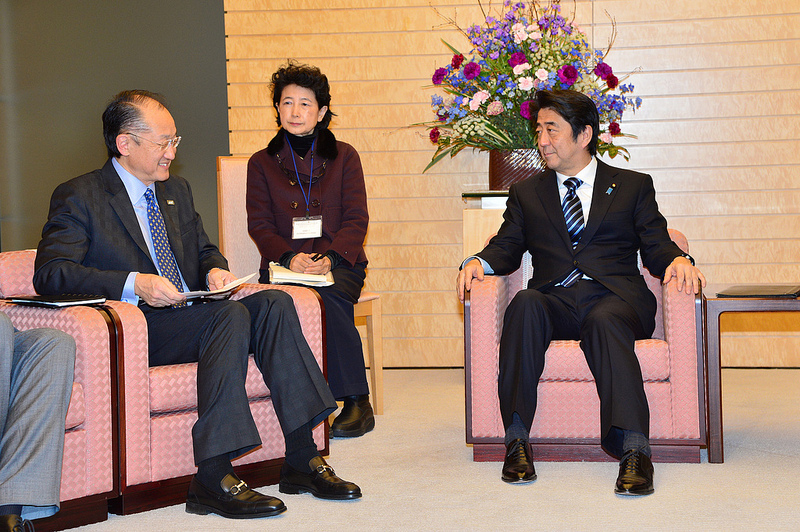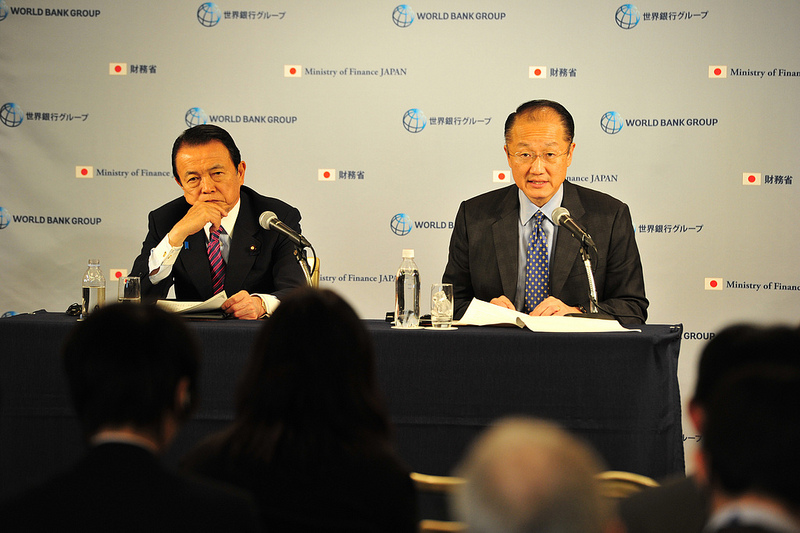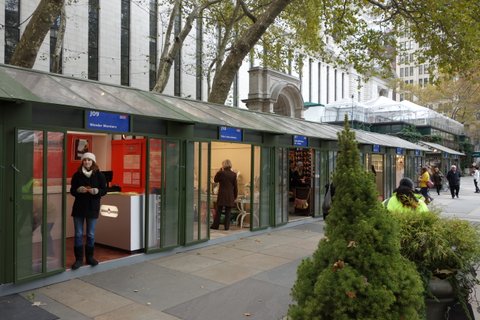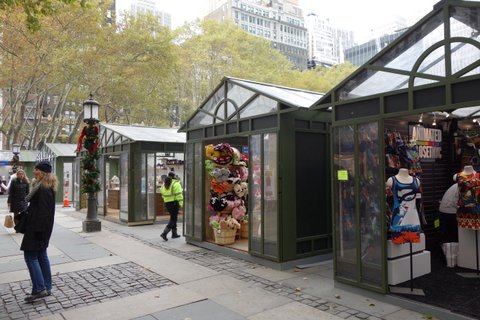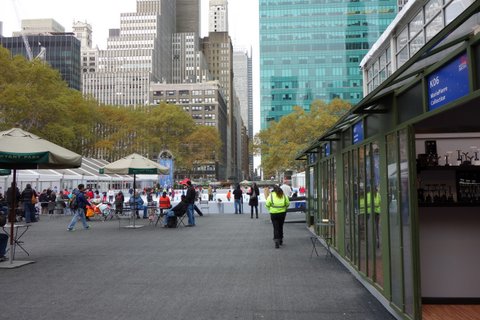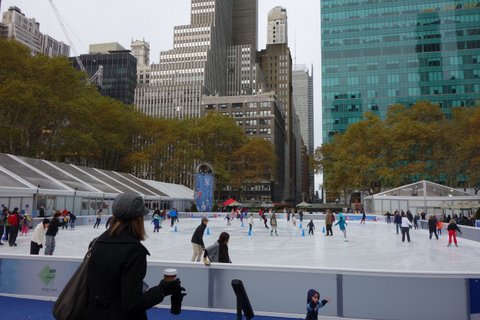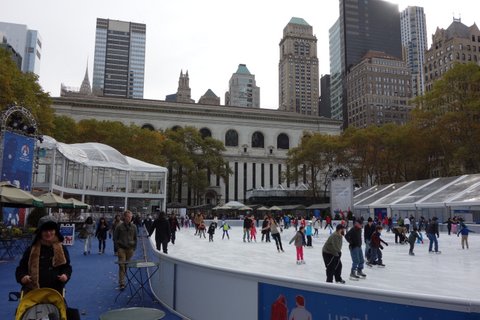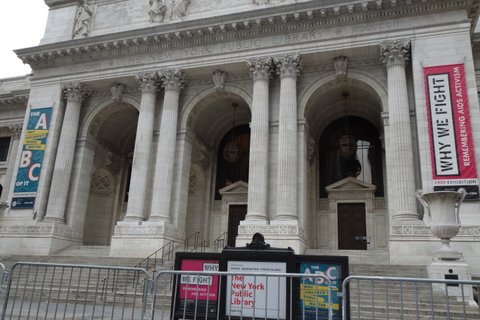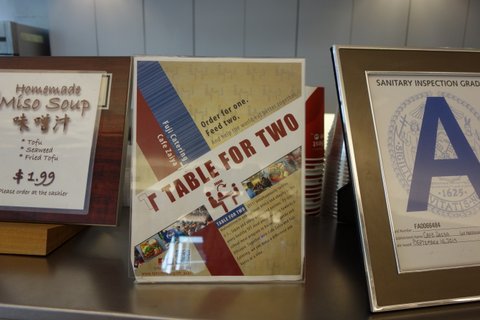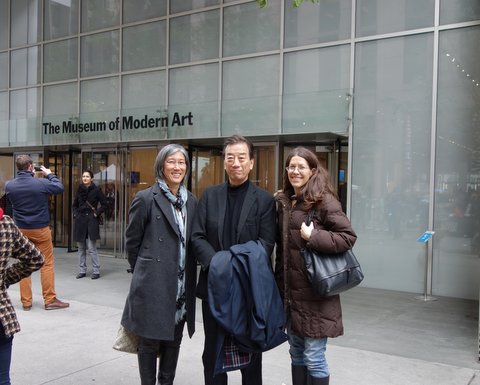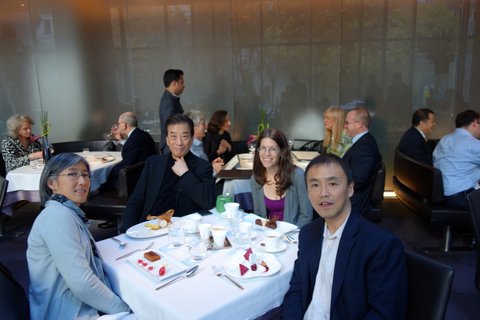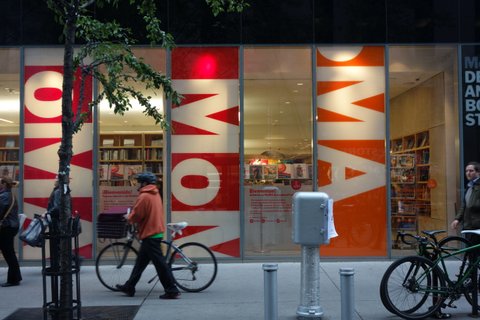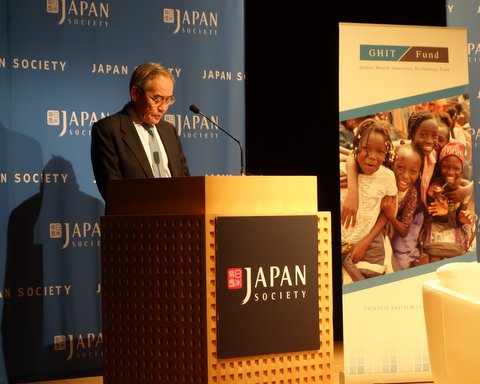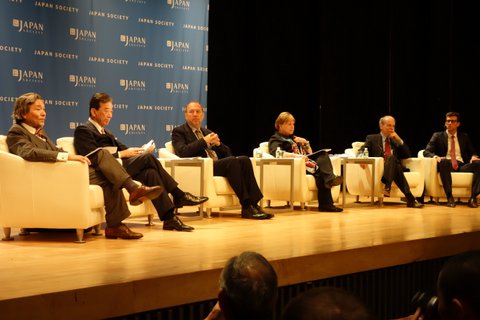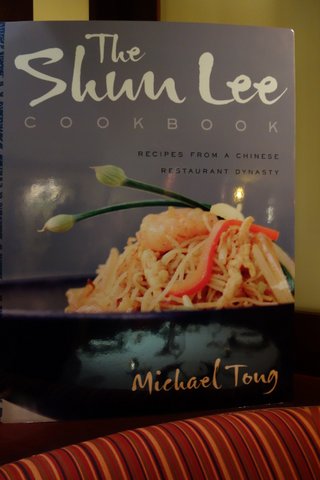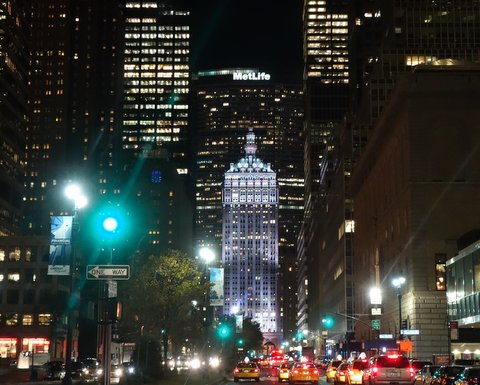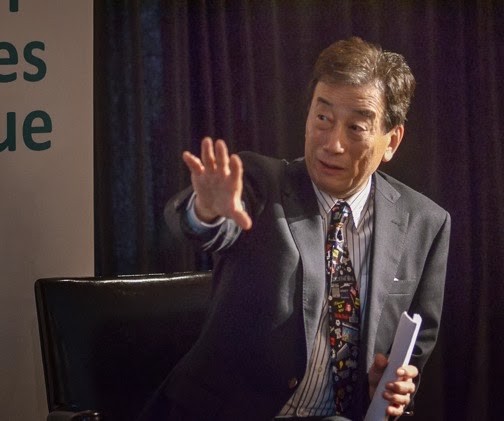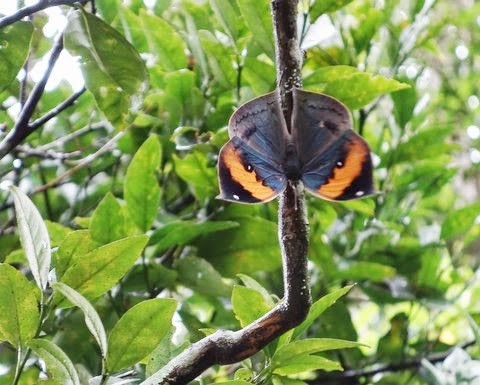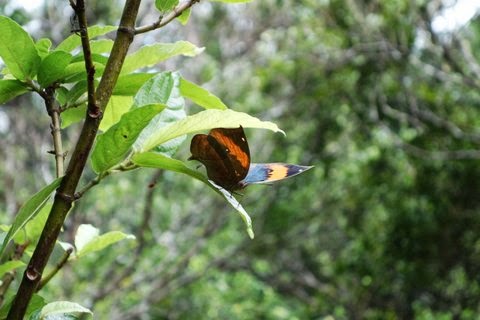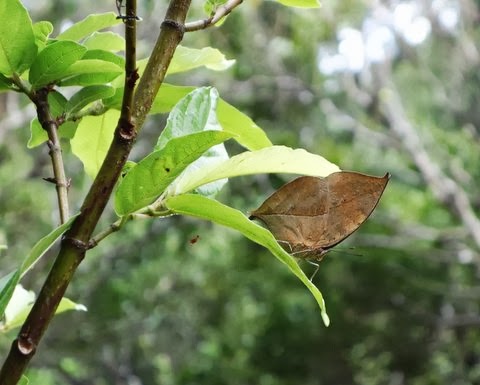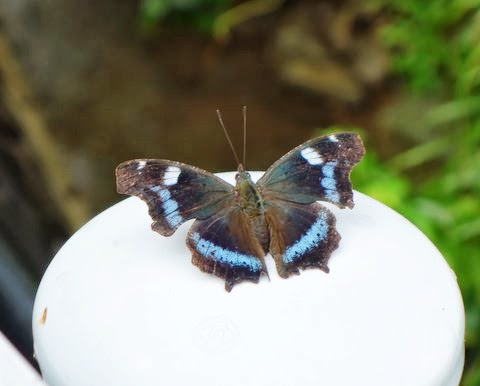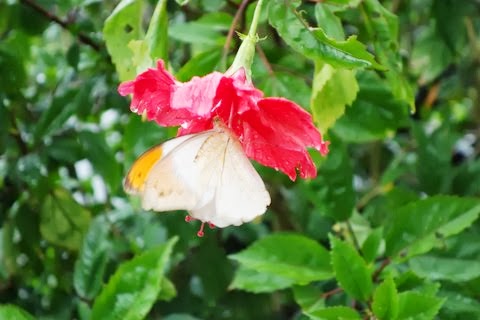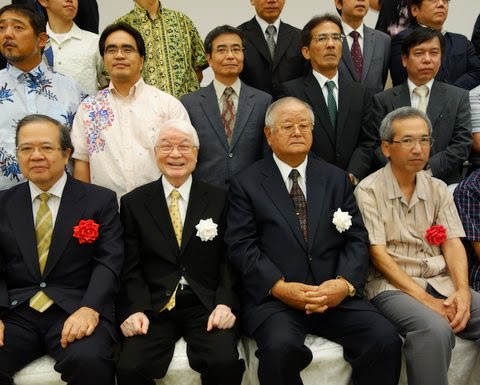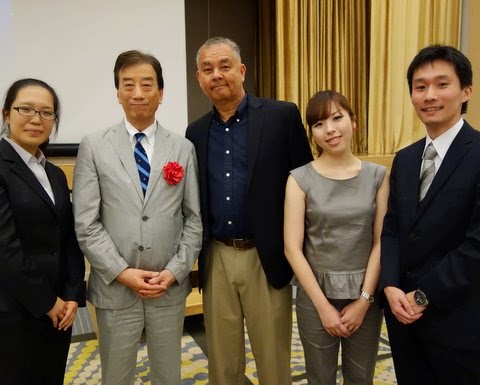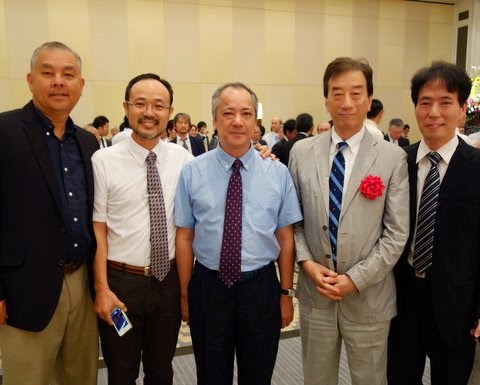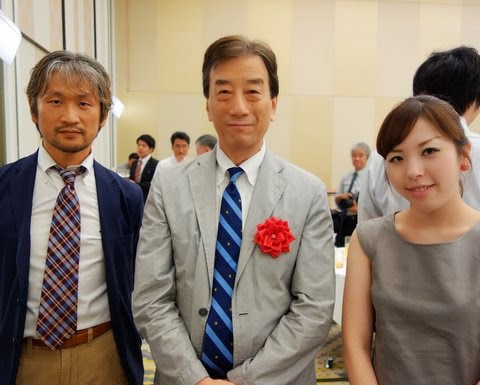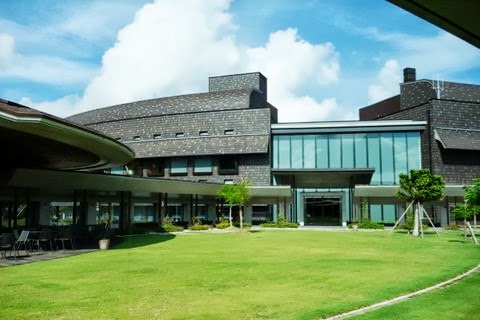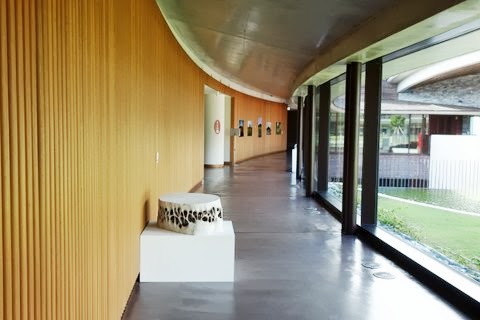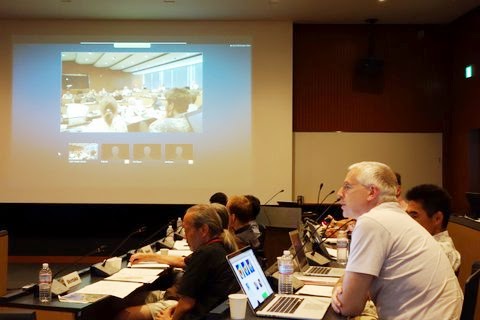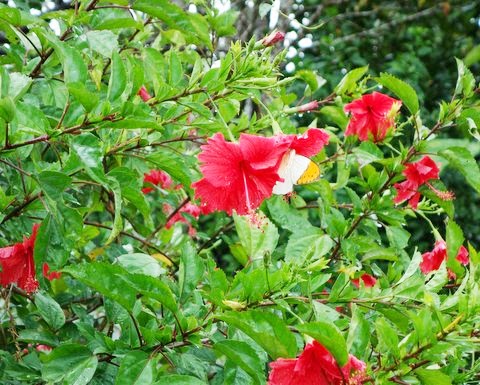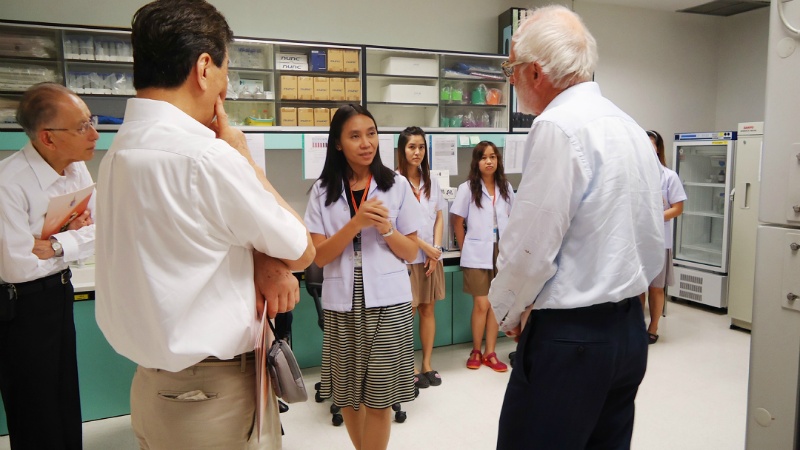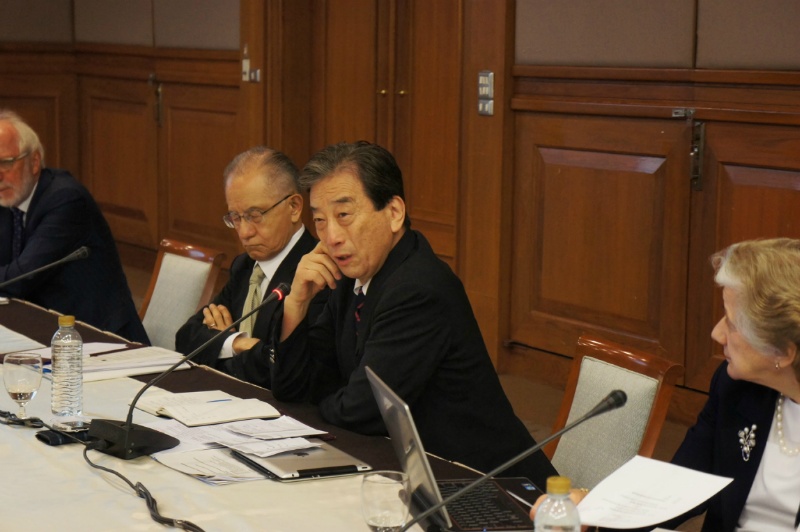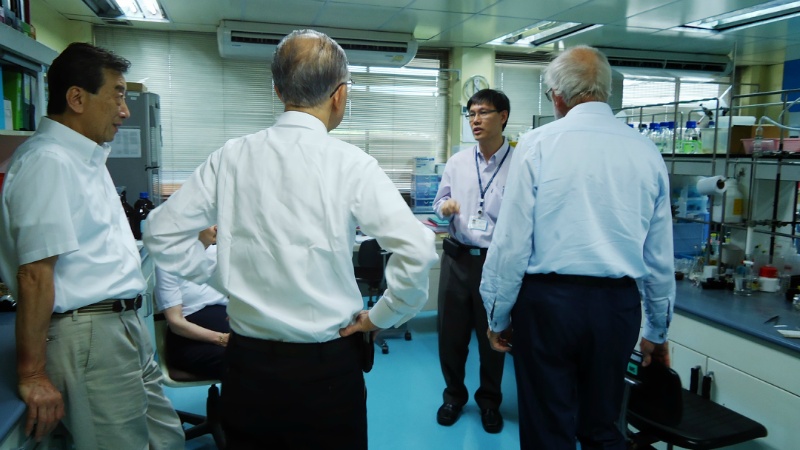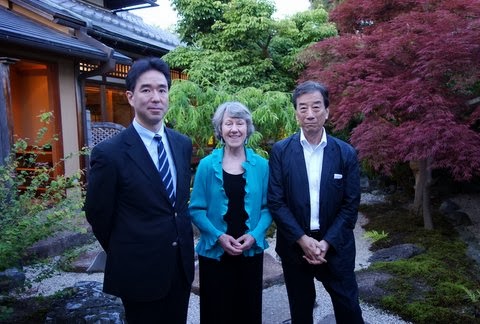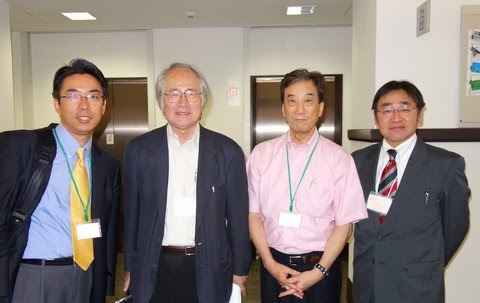It has been quite a while since I have last written, not since the New Year.
On January 10th, I travelled to Boston to attend a conference on the future of the Okinawa Institute of Science and Technology Graduate University (OIST). As there are many people on the board who are in Boston and New York, it was the most appropriate location. Mr. Hunt from the UK was also in attendance. The US east coast was covered with heavy snowfalls until the previous day but it calmed down from the 10th.
I stayed in Boston for two nights and then departed for Okinawa. I attended “The 1st International Symposium on Open Energy Systems,” held by OIST, where experiments and demonstrations were shown.
The future of energy policy will move forward to become more diverse, it will use local renewable energy sources and smart grids and increase ‘visualization’ with new App (applications) of energy use. Through this diversification, the awareness of the users of electricity will change, as happened with the rapid change of the internet (http- www- iPhone- iPad) in the 21st century, with an increase in accessibility due to the regulatory reforms, technological innovations and development of new software. Whether it is in the energy sector, politics, or companies, it is imperative that the leader provides a clear direction for the future of the global world affairs.
On the 18th, the Health and Global Policy Institute held its annual Health Summit. Many people participated along with the panelists and the organizers and had a very lively and enjoyable time.
Lots of things happened in the week of the 20th and I went to Sendai. I had the honor of reading the eulogy at the funeral of a friend who was long at Tohoku University. I met with his family, whom I had not seen for some time. The previous evening, I contacted Tohoku University and had a nice dinner with four female scientists representing the university.
On the 27th, I had afternoon tea with three British officials, Anthony Cheetham, the Vice-Chair of the Royal Society, Ambassador Hitchins, and Ms. Elizabeth Hogben, the Head of Science and Innovation at the British Embassy in Tokyo. I enjoyed the elegant afternoon.
On the 30th, the Health and Global Policy Institute had its first breakfast meeting of the year and I gave my annual seminar along with my greetings for the New Year.
This past month has flown by quickly.
